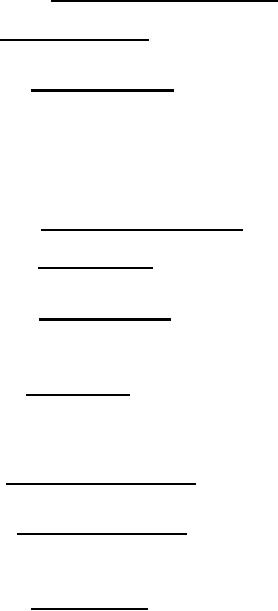 |
|||
|
|
|||
| ||||||||||
|
|  MIL-G-24477(SHIPS)
clean elements. The strainer bypass valve shall be set to open within the range of 20 to
23 p.s.i. differential pressure across the element, and shall be capable of passing the
full oil flow with a total pressure drop through the bypass of less than 26 p.s.i. Strainers
shall include hand operated drain valves which shall permit complete drainage of the body(s)
for servicing.
3.2.5.4.4.1 Lubricating oil priming pump. A lubricating oil pump to prime the engine
lubricating oil system Within minute at an ambient temperature of 70F. shall be furnished.
3.2.5 Air intake system. The engine will take combustion air from shipbuilder
furnished ducting directly to the engine intake. An air filter shall be installed in the
ducting as close to the engine as possible.
3.2.5.5.1 Intake air filter. An air filter using filter media in accordance with
MIL-F-7194 shall be furnished with each engine. The filter elements shall be designed to
withstand a uniformly distributed pressure of 5 p.s.i. over the entire surface of the element.
The area of the filter element shall be such that the air velocity at the face of the filter
does not exceed 2000 feet per minute, or the pressure drop across the clean filter be more
than 4 inches of water at rated output. A manometer or signal device shall be connected
across the element to indicate when cleaning is required. The filter housing shall permit
removal of the element for cleaning. The filter element shall be installed at an angle 90
degrees or less to the direction of air flow in order that impinging dirt will drop to the
bottom of the duct on the upstream side of filter element.
3.2.5.5.2 Blowers and air recievers. Means shall be provided for draining pockets
in the blower housing and air receiver where oil or water may accumulate.
3.2.5.5.6 Exhaust system. Exhaust headers shall be fresh water cooled, insulated or
shielded. Provisions shall be made for draining the gas spaces of the header from either
end.
3.2.5.6.1 Exhaust emission. The engine shall be designed to keep exhaust smoke emission
to a minimum. The Ringlemann smoke chart shall be the standard of comparison. During normal,
constant operation at rated speed the smoke opacity shall not exceed Ringlemann number 1.
During a speed change, smoke opacity may exceed Ringlemann number 2 for 5 seconds, then
gradually return to less than Ringlemann number 1 in less than 30 seconds.
3.2.5.7 Air starting. The air starting system shall consist of the starting equipment
including motor or distributor and applicable valves, strainer, lubricator, lines, connections
and fittings. The ships air supply will be at the pressure specified (see 6.1). Any neces-
sary air reducing valves shall be furnished on the basis of one valve for each engine room.
The system shall include a device to automatically shut off the starting air when the engine
starts.
3.2.5.8 Speed groverning system. Engines shall be equipped with a speed governing system
and an independently driven over-speed device. Speed regulating governors shall be as speci-
fied in 3.1.11.
3.2.5.8.1 Overspeed protection. As protection against dangerous engine overspeed due
to failure of the regulatlng governor, its linkage or other engine malfunction, each engine
shall be equipped with a separate and `independent speed limiting device that will prevent
the engine from exceeding rated speed by more than 15 percent by cutting off completely the
fuel to the engine. This device shall require manual resetting.
3.2.5.9
Instrumentation.
Instruments shall be furnished with each engine for the
following measurements:
Pressure indicators:
(a)
(1) Fresh water discharge.
(2) Differential type gage indicating the sea water pressure to and from
the pump suitable for the required submergence pressure (see 6.1) .
(3) Duplex gage to indicate the lubricating oil pressure at the pump dis-
charge and at the full flow filter outlet.
(4) Piston cooling oil (if separate pumps are used).
(5) Duplex gage indicating the lubricating oil pressure to and from the
strainer.
(6) Duplex gage indicating fuel oil pressure to and from the filter.
(7) Starting air at the engine.
(8) Scavenging air pressure.
(9) Lubricating oil pressure at the turbo charger or blower.
13
|
|
Privacy Statement - Press Release - Copyright Information. - Contact Us |